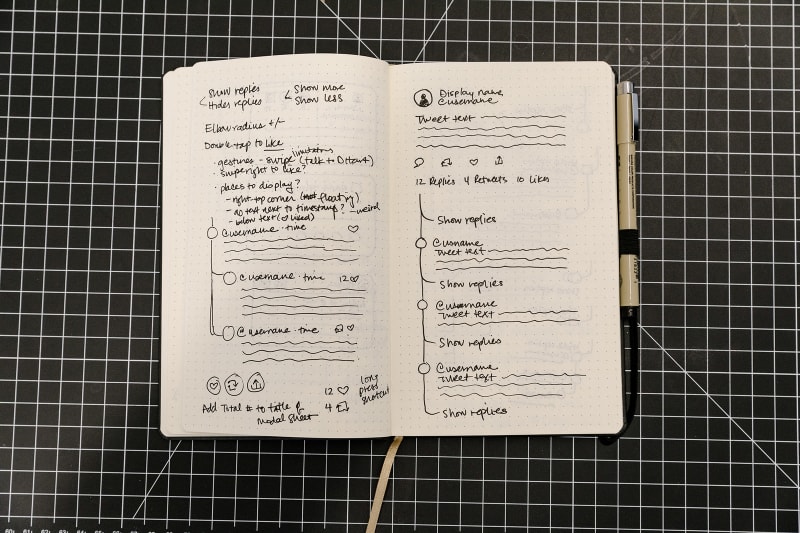This is a good write-up of Alice Newton-Rex’s talk on Setting Goals for Product Success. She explains some of the key principles for effective goal-setting from a product perspective. One section I found particularly useful is her point that metrics and goals are very different depending on the phase a company is in. For example, for a brand new product, she advises not to create traditional “growth” metrics:
But, in my experience, these goals aren’t so useful for new products. It’s a lot harder to put numbers against your goals when you don’t have anything to dial up or down, and achieving some business outcome at all costs is less important than learning. I suggest adopting more hypothesis-style goals, in which success looks like proving or disproving that hypothesis. Don’t default to aiming to gain sign-ups, users or revenue for your new product. Aim instead at proving your riskiest hypothesis.
